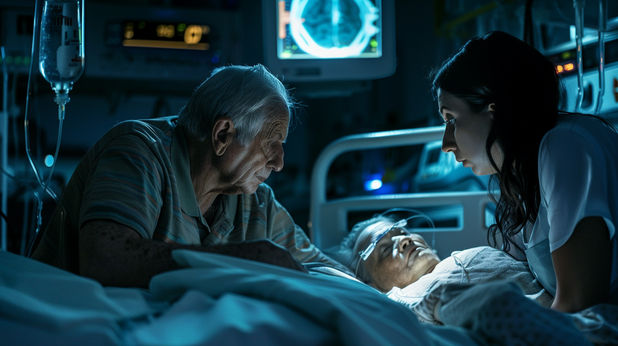Anyone who’s immobile or bedridden has an increased risk for developing bedsores. Also called pressure injuries, this condition develops when there’s prolonged unrelieved pressure on the skin, usually over bony structures. And a “prolonged” time may only be a matter of hours.
According to the National Pressure Injury Advisory Panel, over 2.5 million patients develop pressure injuries each year, leading to 60,000 avoidable deaths.
Physicians and nursing staff typically look for pressure injuries near bony prominences such as the back, buttocks, and heels.
Here at Painter Law Firm, we’ve handled a lot of pressure injury medical malpractice cases
Bedsores are a serious problem plaguing skilled nursing facilities (SNFs) and nursing homes on a routine basis. Many of these facilities are notoriously understaffed, which means that there’s a lack of nurses and aides to assist in tasks required by the standard of care, including:
• Using a standardized tool, like the Braden Scale, to assess skin integrity risks.
• Repositioning immobile patients at regular intervals, usually every two hours.
• Advocating for specialized pressure-reducing beds.
• Using friction protection measures, including application of creams and ointments.
But the risk of developing bedsores isn’t limited to nursing homes—hospitals have problems, too. The challenge requires added attention by nursing staff in the setting of the current COVID-19 pandemic.
The coronavirus has led to an influx of patients to hospitals who require medical interventions including sedation, placement in a prone position (face down) to help with respiration, and ventilator support.
The positioning and equipment placement used to treat COVID-19 patients requires doctors and nurses to be vigilant in checking for what would otherwise be unusual areas for pressure injuries to occur. Coronavirus patients are more likely to develop pressure injuries in the anterior front side of the body, including the face, ears, shoulders, and knees.
These situations pose interesting legal issues. At first, I believed that there was no standard of care applicable to treating COVID-19 patients because it was a new condition that physicians and nurses had never treated. In other words, there was no the standard of care. Different treatments were considered and tested, leading to the gradual development of the standard of care over a period of months.
At this point, though, COVID-19 is much better understood. Physician experts with whom I’ve spoken have remarked about how much has been learned over the past several months. Treatments and complications are now well understood for patients presenting to hospital with coronavirus. This includes the new risks for hospitalized patients related to skin integrity.
If you’ve been seriously injured because of bedsores in the nursing home or hospital in Texas, then contact a top-rated experienced Houston, Texas medical malpractice lawyer for a complimentary evaluation of your potential case.





